March 2020
/Full text: Tracy, D., Joyce, D., Albertson, D., & Shergill, S. (2020). Kaleidoscope. The British Journal of Psychiatry, 216(3), 172-173. doi:10.1192/bjp.2020.5
Read the full March 2020 Kaleidoscope column in BJPsych for free
‘Compared with treatment as usual (TAU), the active intervention showed…’: well what is TAU? It is clearly seen as a control state in research, but does ‘usual’ care vary from clinical team to team, and across trial protocols? It might include elements ranging from no treatment, through primary to secondary care input, to work with specialised services. These are all evidently quite different, so does this matter and how might it have an impact on results? Cuijpers and colleagues, carried out a meta-analysis of control groups across randomised trials of psychotherapy for adult depression.1 In total 140 studies were included, incorporating over 15 000 participants. They found TAU was delivered in primary care in 24.3% of studies, ‘general medical care’ in 25.7%, specialised mental health in 18.6%, perinatal care in 14.3%, and for 17.1% it meant no treatment at all. Interestingly, considering such variable settings, they discovered no significant differences in outcome from psychological therapy across these major categories of TAU, but there was considerable heterogeneity within all TAU groups. There was also notable geographical variation, with effects of psychotherapy being greater in non-Western countries. The authors consider that although this might mean psychological interventions might be ‘better’ in such cohorts, another interpretation is the size difference is the result of TAU being weaker, with participants not getting the active treatment – and more likely to be receiving no treatment. Undoubtedly all control conditions in a research design pose their own challenges: from waiting list, through psychological placebo (commonly non-directive counselling) to medication placebo. It is evident that TAU is no different, and the authors caution that the ‘usual’ might be quite variable, and as such should be regarded as a heterogeneous condition in psychotherapy research.


